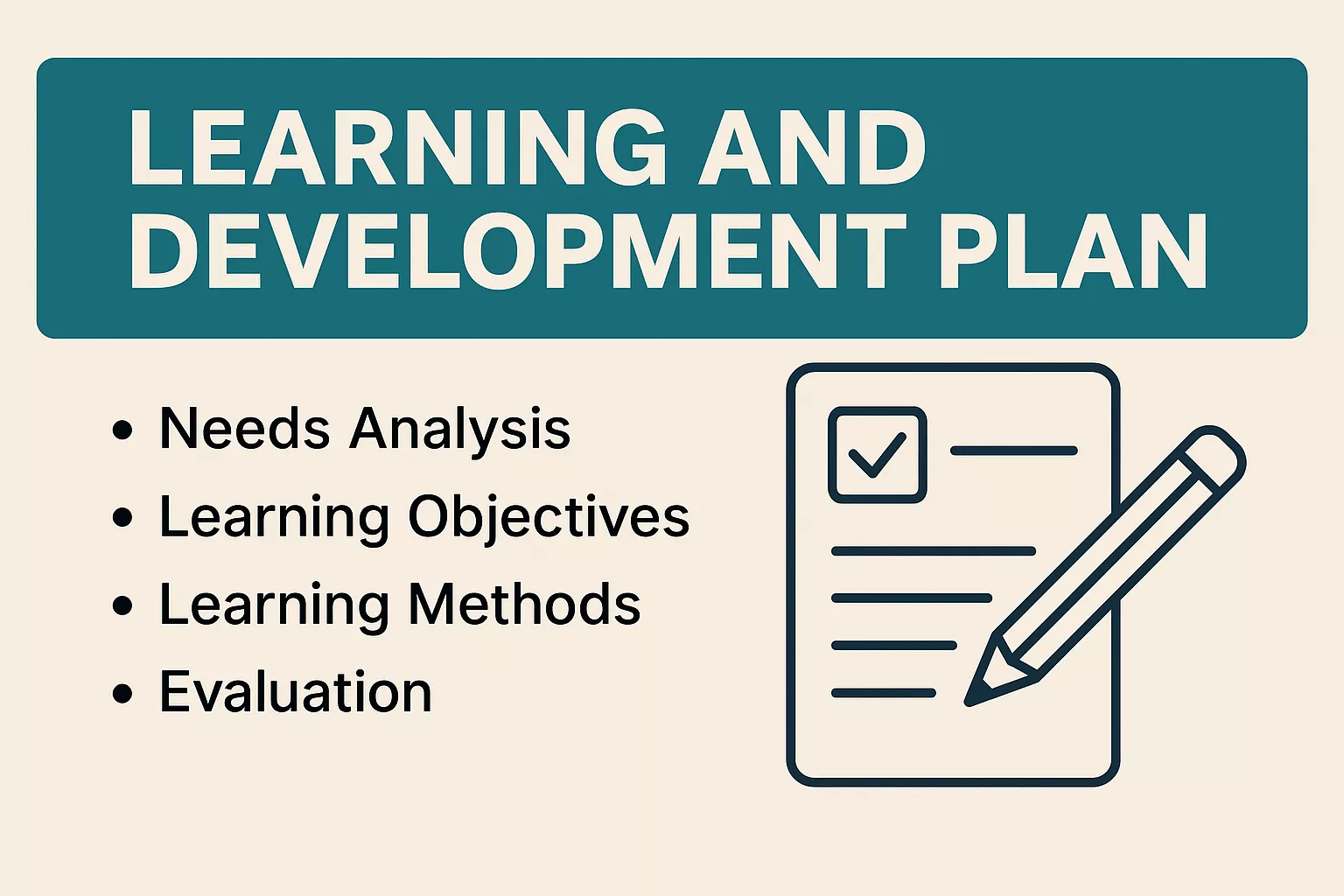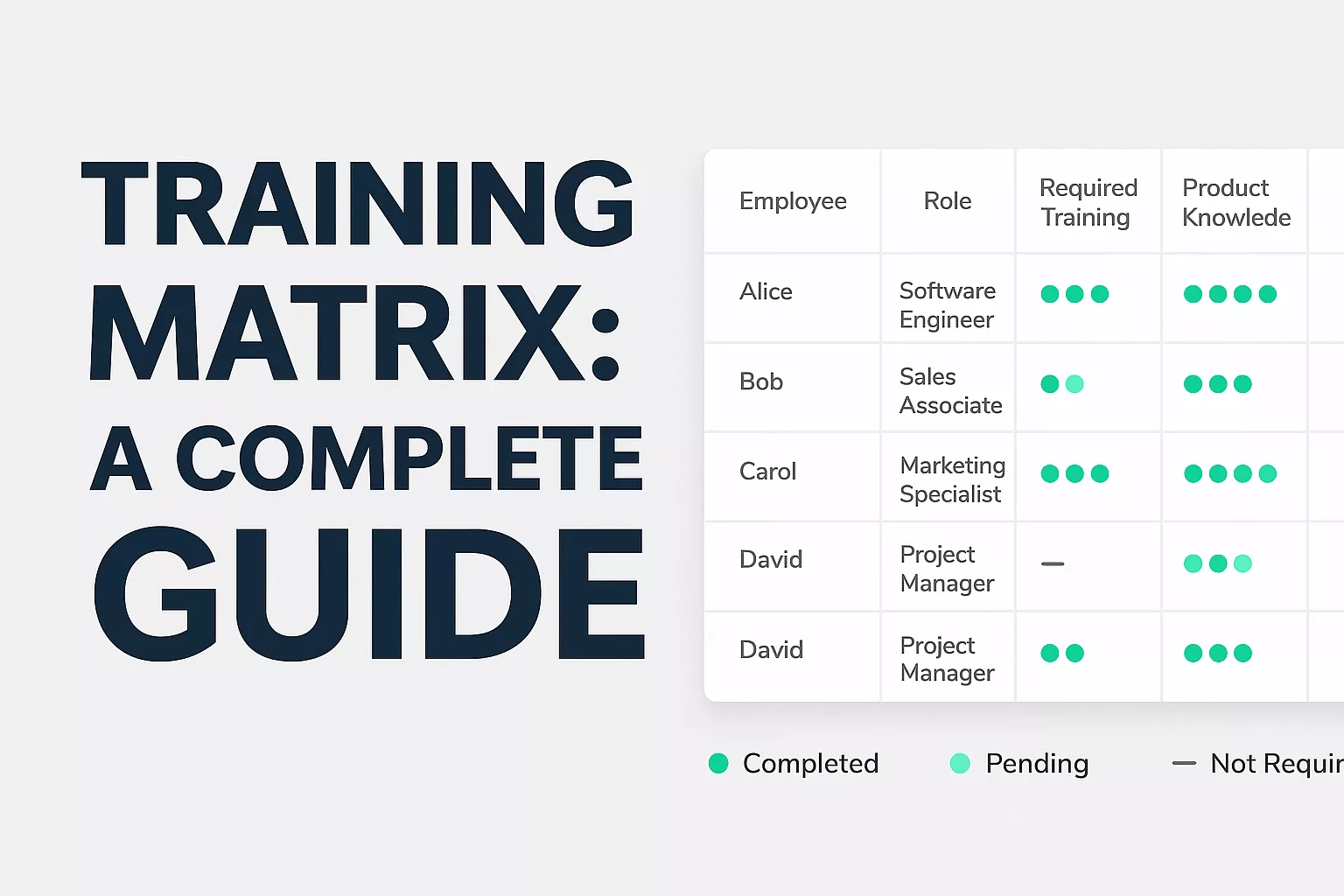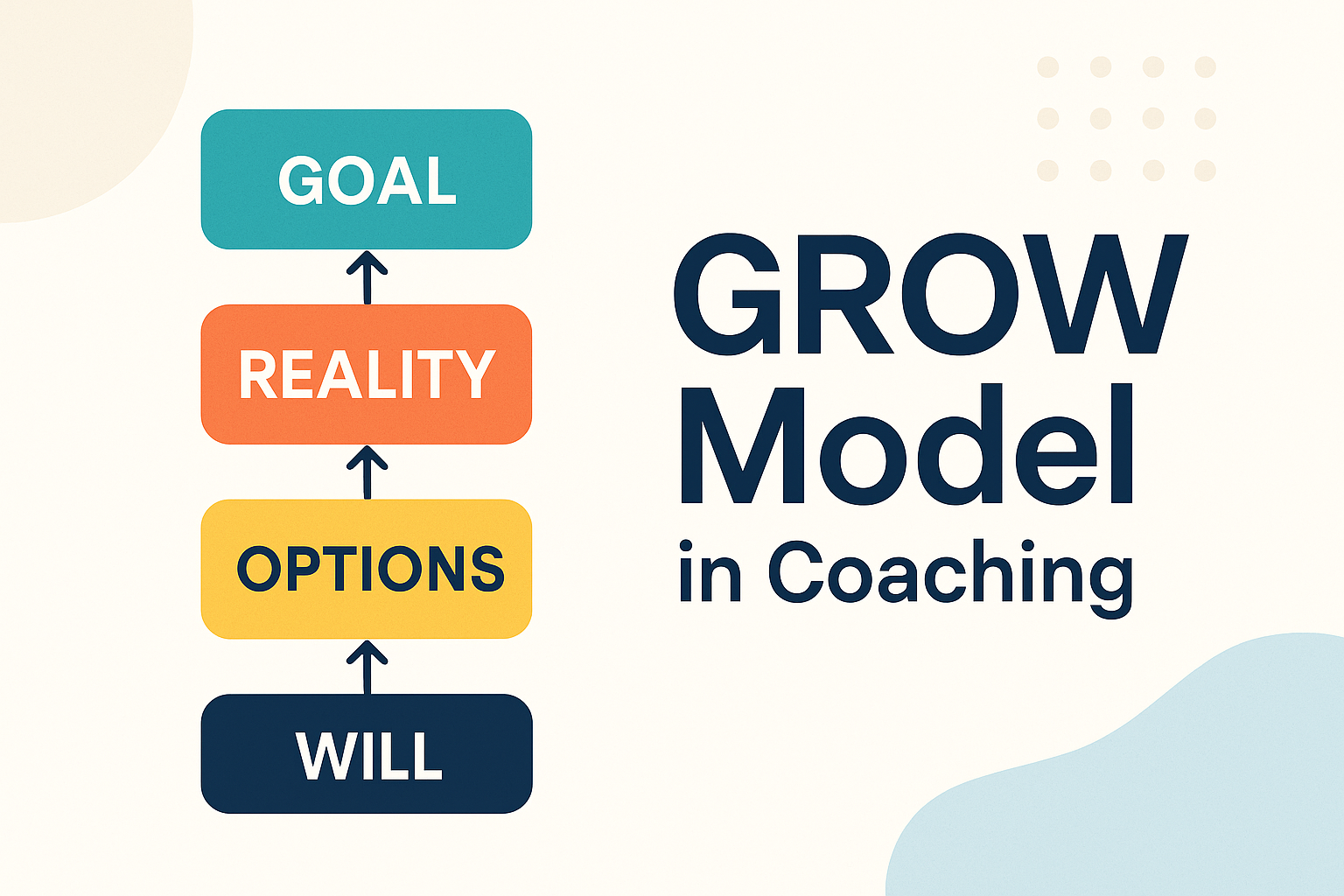by Venchito Tampon | Last Updated on September 23, 2025
Learning and Development Plan (L&D plan) is a structured flow and framework that outlines how a company or organization will equip its employees with the right competencies (knowledge, skills, and behaviors) to perform better in their job roles.
Most commonly referred to as a “Training Plan” by Filipino HR practitioners, the L&D plan serves as both a roadmap and structure for employee growth and development, giving managers leverage to align workforce capabilities with actual business objectives.
Contents
ToggleImportance of a Learning and Development Plan (Why It Matters)
There are compelling reasons why having a learning and development plan can significantly impact your employees’ growth and development. Let’s go through each of these benefits.
Business Impact
First, you’ll find that employees are more likely to stay when they can see, feel, and experience opportunities for growth within the company. An L&D plan can serve as a reminder and a signal that your company is investing in employees’ professional and personal development, thus reducing turnover costs.
A learning and development plan also helps improve individual job performance, making employees more growth-oriented and efficient at work. Equipping them with the skills necessary to deliver results will help them achieve their KPIs, departmental objectives, and business goals.
You will also find employees going through an L&D plan to acquire new skills they haven’t acquired before—i.e., skills such as coaching and mentoring, problem-solving, and presentation skills, all necessary to position themselves for success in your company.
Employee Impact
Besides personal growth and career pathing (having structured learning opportunities for your employees), you will then observe that they will boost their morale and engagement – feeling valued as the employer (company) gets to invest in their own training and development.
Links to Strategy, HR, and Culture
On a bigger picture, you’ll find that learning and development are in certain alignment with each department, business unit, and team—there is a direct link between employee performance and the business’s organizational strategy.
This now reinforces a better culture of continuous improvement, whereby learning becomes a one-time event and a core part of the company’s foundation – DNA.
Components of a Learning and Development Plan
Critical components exist when creating a learning and development plan, and they all stem from it being purposeful, measurable, and truly aligned with the organizational goals. Let’s go through each of them.
1. Needs Analysis
Improving your employees’ capabilities starts by identifying their training needs. I’ve covered how to conduct training needs analysis, but to give you a quick framework, needs analysis examines:
- Skill gaps – simply compare current employees’ capabilities with the skills required to perform their job.
- Organizational goals: ensure that all development efforts align well and support long-term strategies such as customer centricity, market expansion, or tapping into new market segments.
2. Learning Objectives
Having clear learning objectives will set the tone for the L&D plan. Effective objectives must have or be based on:
- SMART (Specific, Measurable, Achievable, Relevant, Time-bound) – make your objective check every box.
- Bloom’s Taxonomy – ensures every learning goal builds knowledge (i.e., remember or understand), applies actual skills (i.e., apply, analyze), and reaches higher-order thinking (i.e., evaluate or create).
3. Learning Methods
Structure learning programs for maximum learning experience by blending different learning approaches:
- Training programs for structured learning face-to-face workshops, webinars.
- Coaching and mentoring for individualized learning experiences
- E-learning and microlearning for self-paced learning anywhere and anytime for employees.
- Peer or group learning and on-the-job training for actual application of skills.
4. Resources & Tools
Your company needs to invest in tools, technology, and resources to make learning accessible and scalable – to reach as many members of your workforce. A few tools you might consider investing in:
- Learning Management Systems (LMS) for designing and delivering online courses.
- Workshops and simulations to help design interactive, hands-on activities.
- Digital resources, including videos, workbooks, and an LMS members’ area, make it easier for employees to consume content, thus allowing for more consistent training across teams and locations (best for companies with remote teams).
5. Timeline & Implementation
A learning and development plan can only be effective if executed properly, so it is important to outline when and how learning will occur. Two types of initiatives worth considering:
- Short-term initiatives to easily address any immediate need, like compliance, scheduling, or onboarding.
- Long-term initiatives for leadership pipelines, succession planning, and value-ladder (or career pathing) – implementing all these schedules helps your employees juggle between actual work and growth efforts.
6. Measurement & Evaluation
After training design and delivering learning programs, you must measure their effectiveness. These are common approaches you should install:
- KPIs – show up/attendance rates, training completion rates, employee performance improvements from skills-based trainings, or job promotions.
- Kirkpatrick’s Model – evaluate learning programs at four levels: reaction, learning, behavior, and results.
- Feedback loops – integrating post-training surveys and manager assessments to measure whether learning programs create a real, tangible impact on employees.
Step-by-Step Process of Creating a Learning and Development Plan
Here’s the meat of this guide. I’ll show the step-by-step process for creating a learning and development plan—just follow each step, as it’s easy to follow and proven to work in many companies across industries.
1. Assess Organizational Goals and Align with L&D
The first step is to examine your company’s strategic direction. For instance, if your company wants to achieve digital transformation, your learning and development plan must prioritize activities related to that—things like digital literacy and technical upskilling.
When you align your learning programs with your company’s business objectives, you make sure your training serves its actual purpose.
2. Conduct Training Needs Analysis (TNA)
Your TNA must identify gaps between your employees’ current and required skills. Methods for assessing needs include employee surveys, focus group discussions (FGDs), and competency assessments.
Regardless of the method, you should answer the following questions:
- What do employees know and do well today?
- What must they learn to meet future demands at work?
3. Define Competencies and Skills Required
The TNA will tell you your exact training needs. The next step is to list all the competencies your employees must build (you can group them based on job roles and departments).
These competencies include technical skills (e.g., data analysis), soft skills (e.g., technical writing, coaching, and mentoring), and role-specific skills. This list of competencies will be your benchmark when designing and delivering training programs.
4. Set Learning Objectives
The next step is to translate identified needs into clear objectives. As mentioned earlier, objectives should follow the SMART framework and Bloom’s taxonomy.
5. Choose Learning Methods (Formal, Informal, Blended)
See what fits your current workforce. Select the most effective training delivery method; it could be any or a mix of these three:
- Formal – face-to-face sessions, workshops, and in-house certification programs.
- Informal – group learning, actual practice, and mentoring.
- Blended – mix of face-to-face and online modules and some blending of other learning delivery types – on-the-job training.
The choice of learning method depends on the nature of the skills required, the actual training budget, and employee learning preferences.
6. Allocate Resources and Budget
Check your available resources, including the budget for the L&D initiative, as it will require approval and support from stakeholders.
Other resources include training materials, software if needed, logistics, and external trainers if you hire corporate training companies. Ensure you also assign internal resources to help you run training programs—resources including HR staff, subject matter experts, and mentors who will support the implementation.
7. Roll Out Training Programs
Launch your training programs according to the L&D plan’s timeline. The one element of success here is clear and efficient coordination between your HR or L&D team members.
8. Evaluate Effectiveness and Refine
Once you deliver the training program, your last best step is to measure results using Kirkpatrick’s model (reaction, learning, behavior, results) or other performance metrics. You may also opt to gather employee feedback through evaluation forms.
Refine your learning and development plan as you see fit to ensure continuous improvement, relevance, and alignment with your company’s business objectives.
The Author
Venchito Tampon
Venchito Tampon is a Filipino motivational speaker, Business Consultant, Founder and Lead Corporate Trainer of Rainmakers Training Consultancy. He trained and spoken in over 250+ conventions, seminars, and workshops across the Philippines and internationally including Singapore, Slovakia, and Australia. He has worked with top corporations including SM Hypermarket, Shell, and National Bookstore.
He also founded SharpRocket, a digital marketing company, Blend N Sips, eCommerce for coffee supplies, and Hills & Valleys Cafe, a local cafe with available franchising.
He is a certified member of The Philippine Society for Talent Development (PSTD), the premier organization for Talent Development practitioners in the country.
An active Go Negosyo Mentor (of Mentor Me program) and a business strategist and consultant.
You may also like
Training Matrix: A Complete Guide
Training mix is a structured framework that helps HR and Learning and…
GROW Model in Coaching
GROW Model is a globally known coaching framework for structuring conversations…




